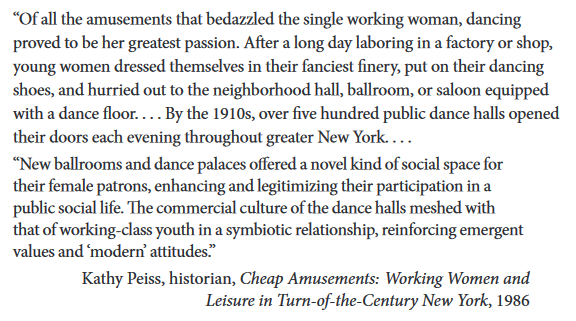Secondary Sources in AP US History
First off, you might be wondering what on earth a secondary source is, and that's OK. AP History courses have a lot of weird terminology, so it's completely understandable!
First off, a source is any material that is not from the author of the text in question; in this case, the exam.
A primary source is one that describes or depicts events firsthand, such as a photo, a diary entry/letter, a speech, etc.
What we are concerned about, a secondary source, is an analysis of those first-hand accounts, or of history itself. These are those books or articles about history, including textbooks, that your teacher might have you read to actually learn the history, rather than learning exclusively from original sources.
To learn how to do this, let's take a look at a sample secondary source from the APUSH course manual, found here. This is a sample excerpt from the interpretation SAQ.
Want to practice some more SAQs check out this 🎥 video on APUSH MCQs and SAQs and this 🎥 Period 3 SAQ Practice!

So, how might one go about approaching this source?
👉 As you have probably learned already, the attribution is a good place to begin. This is especially helpful in reading secondary sources because most secondary sources on the APUSH exam will be from books written by scholars specializing in the subject. 📚 The title will also contain the subject that the excerpt is about. In this case, we can see it is about women in turn of the century New York, referring to around 1900. This probably means it is about women's rights, more specifically change and expansion of roles. A quick glance at question a) reveals that this is the case. ✔️

👉 Now, we can begin reading the actual source material. A common first approach would be to carefully read it, underlining parts we find important, and then move on to the questions. It is perfectly fine if you approach it this way, but I have found there is a better and more efficient way. As you will not need to do extensive quoting of this, you will just need to look for key ideas. Something like this:
-
📅 The date 1910 in the excerpt seems to confirm our hunch about when it was written.
-
💃 Dancing seems to be the only key detail in the first paragraph. Learn to be able to scan and skip what is just additional detail, especially on a Short Answer Question, where the excerpt will not be very extensively used.
-
🍸 The second paragraph's key ideas seem to be that dancing was part of a larger trend toward a greater public social life.
-
And with that, the key idea is distilled: 💭 In the early 1900s, women began to have a greater public social life, e.g. dancing. 💭
After reading the excerpt, you should have a good summary sentence in mind for comparison purposes of the form At this time, A changed in B way, for example C. You might not use this exact verbiage in an answer, but it will definitely prove helpful in answering questions or writing essays.
Practice more document analysis with this Ultimate Guide to APUSH DBQs